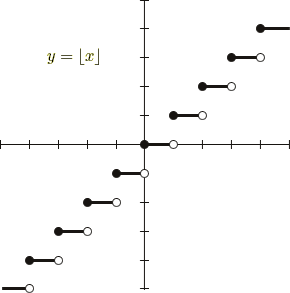

, the evolution of the logical thinking begins from the upper left corner to the bottom left corner and then to the bottom right corner. It begins from the upper left corner to the upper right corner and ends at the bottom right corner. The evolution of the logic thinking is reflected in Fig. Finally, the filter function is introduced by approaching to the hurdle function. Then, the inverse function of the step function-the hurdle function is introduced. It is the beginning of the concept breakthrough. With the help of the step function, 0–1 topology variables are expressed as functions of element performances with independent variables.

Relationship of four functions.īased on the above figure, contents in this chapter are reviewed as following. If we transform the governing equation using Laplace transformation, and define the variables suitably so that their values are set equal to zero at t = 0, then we can get a simple relationship between the stimulus (also called the input) and the response (also called the output), which is termed as the transfer function of the system.įigure 2.6. Usually such models result in ordinary differential equations which need to be solved to determine the system response (i.e., in our example, the temperature recorded by the thermometer) to the stimulus (i.e., the manner of variation of the fluid temperature). This can be modeled by using the basic principles of heat transfer, thermodynamics, and electrical engineering (if the sensor is an electrically sensitive device like thermistor or thermocouple). The relationship between the two will be primarily governed by the “thermal inertia” of the system which is characterized by the properties of the sensing device (like its mass, specific heat, volumetric expansion coefficient or the dependence of its electrical resistance on temperature, etc.) and its interaction with fluid (e.g., the heat-transfer coefficient between the sensor and the fluid, etc.). Now, due to thermal inertia, the temperature as recorded by the thermometer will not be exactly equal to the fluid temperature at any instant. Then, the temperature of the fluid begins to change. Let us assume that, to begin with (i.e., at time t = 0), the thermometer and the fluid are in equilibrium. Let us try to understand it in some detail through the simple example of a thermometer being used to measure the temperature of a fluid flowing in a pipe. The concept of transfer function is of great help in simplifying and generalizing the dynamic response of thermal systems. Y ( x, t ) = f t − x vas the solution to the partial differential equation.


 0 kommentar(er)
0 kommentar(er)
